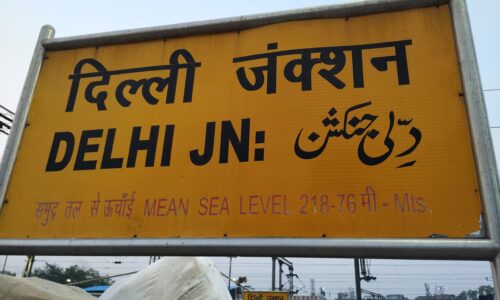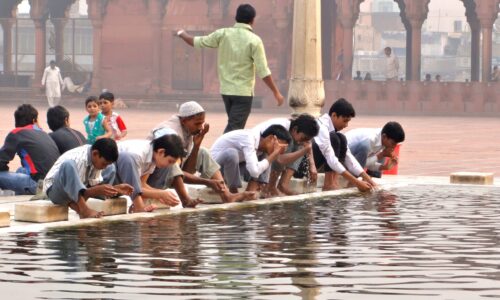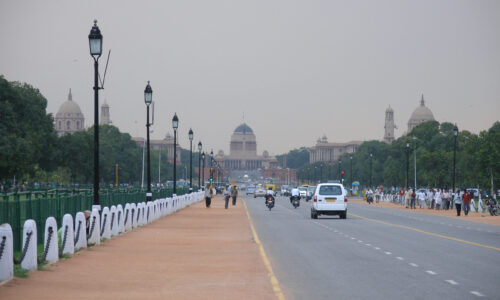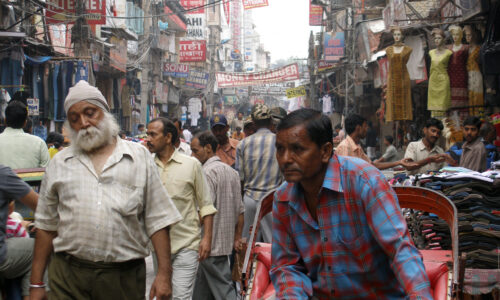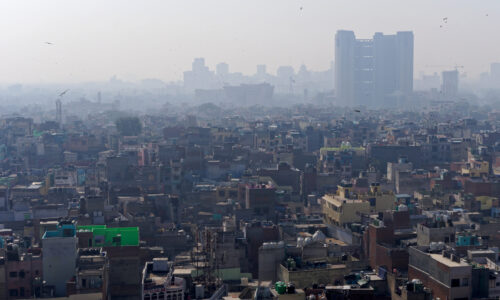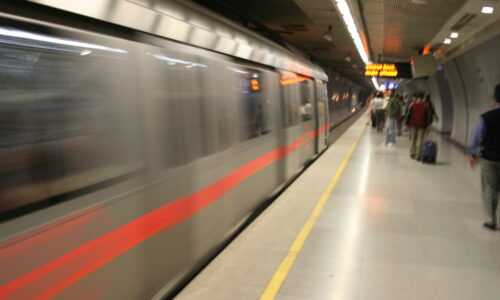“Ik roz apni rooh se poocha, ki dilli kya hai, to yun jawab main keh gaye, yeh duniya mano jism hai aur dilli uski jaan (I asked my soul, ‘What is Delhi?’ It replied: ‘The world is the body, Delhi its soul)” – Mirza Galib
Terrible air quality, high crime rates, extreme weather, yet, people are enchanted and drawn towards this city. Fondly called Dilwalo ki Dilli, this city is not just the political capital of India but is the heart of the country. It can be tough to find any place that is as romanticized as this city, owing to its rich culture, architecture, and history. While for an outsider, there might be a professional or educational reason for their visit to this place, it is always the love for this city that brings them back. It is said that Delhi has space for everyone; it is like a never-ending jigsaw puzzle, where every piece has a role to play to create a richer and more vivid picture.
Established as the seat of power 92 years ago by Lord Irwin on February 13, 1931, this city draws back its history to thousands of years ago. Mythological narratives from the Mahabharata associate this city with the Pandava capital of Indraprastha. Archaeological excavation at the site of Purana Qila has provided us with traces from the Mahajanpada period, and the pursuit for more evidence continues. Although we might not be able to reconstruct an identical thriving city as depicted in the Mahabharata, people did inhabit this region.
Several theories have been proposed for the origin of the name Delhi. The oldest goes back to the first century BCE and suggests that the place was named after Raja Dhilu of Kannauj who built a city at the site of present-day Qutub Minar. The Kili Dhilli Katha (the tale of the loose nail) from the eleventh century is also related to the same neighbourhood. It refers to the Tomar king Anangapal who built the walled citadel of Lal Kot. Anangapal supposedly did not believe that the Iron Pillar rested on the hood of Vasuki, the serpent king. Although he was warned that moving the pillar would shake his kingdom, he insisted on verifying the truth, which resulted in the pillar and his kingdom becoming loose or dhili. Power shifted, and in 1164, Prithviraj III extended the citadel and it was soon known as Qila Rai Pithora.
The rule of the Islamic Delhi Sultanate also started from the site of Quila Rai Pithora under Qutub ud-din Aibak. This period witnessed the advent of court chronicles, and according to Persian chronicles the name ‘Dehli’ was only used with the advent of Turks. However, with the coming of different rulers from different dynasties, the location of the capital moved from one locality to another. This was initially done in response to the threat of Mongol plunderers. Thus Delhi became the city of cities. The cities of Delhi grew around the palace, including Mehrauli, Siri, Tughluqabad, Jahanpanah, Firozabad, Dinpanah, Sher Shah Garh, and Shahjahanabad. Although during the mediaeval period, there were instances when the capital was shifted completely away from Delhi, as in the case of Daulatabad or Agra, the succeeding rulers always traced their steps back to this city due to its location.
The romanticized Purani Dilli of modern times draws its roots back to the rule of the Mughal emperor Shah Jahan. Although we see the continuation of several traditions, the structures and grandeur of Purani Dilli are just a fragment of life at Shahjahanabad. It was the eighteenth-century raids inflicted on this rich city and the measures taken after the 1857 Revolt that stripped the city of its wealth. Even when the British Empire announced the shifting of the capital from Calcutta to Delhi at the Delhi Durbar of 1911, instead of ruling from Shahjahanabad, they built an entirely new capital at Raisina Hill and attempted to negate the importance of the Red Fort by using it as a military outpost. Everything was anglicized, from the word Dehli to Delhi, but the spirit of the city could not be changed.
Delhi’s choice as the capital not only came from its history of being the political and economic centre but also from the belief that “whoever ruled Dilli, ruled India”. This belief continues today. Thus, from a small town at the beginning of the twentieth century with a population of 0.4 million, Delhi has grown to be one of India’s major metropolitan areas with a population of 13.8 million with a 3.85% annual growth rate as per the 2001 Census. The city not only attracts people for better job opportunities but also acts as a refuge for numerous people who have migrated from Pakistan and Tibet.
Dotted with both high-rise towers and ancient mausoleums, apartments, estates, and jhuggi-comprise, Delhi continues to charm people despite its various problems and the severe strain on the city’s infrastructure. When asked, while people provided a plethora of reasons for continuing to be in Delhi, from education and employment to Delhi food and winter, it seems that the main reason behind this is the love for this city and its diversity which makes it a hotspot, a mini-India.


